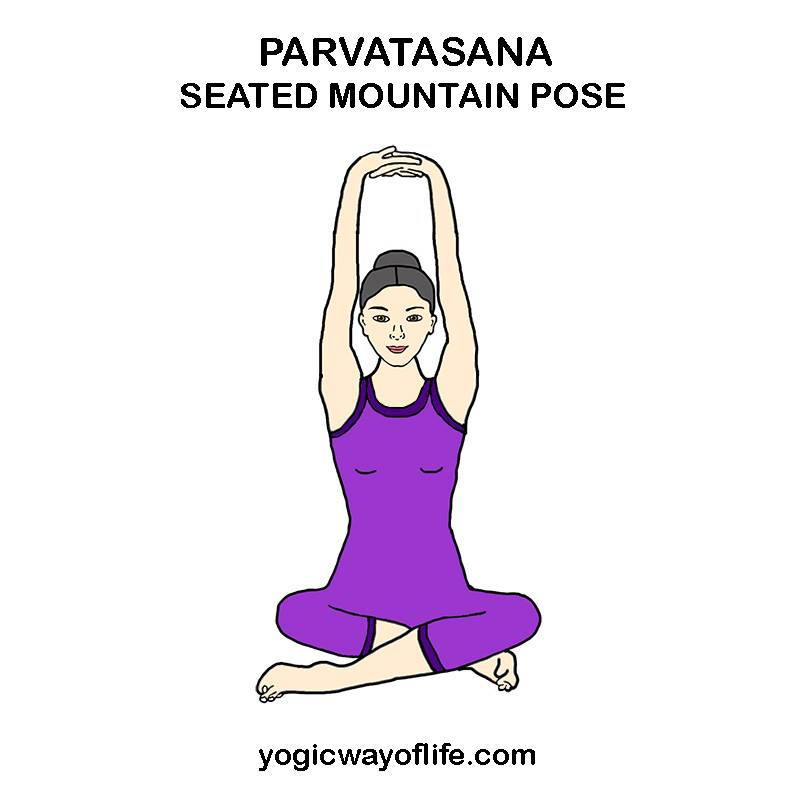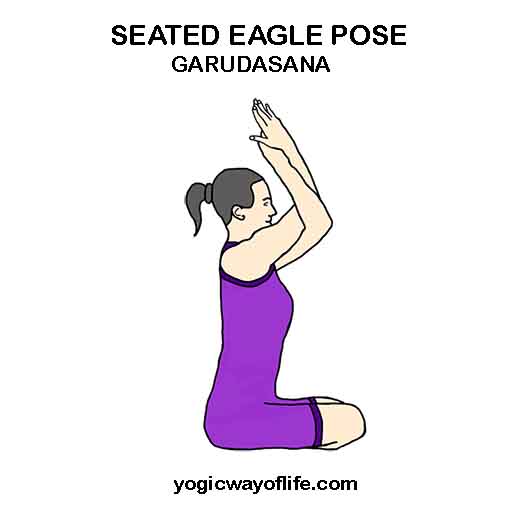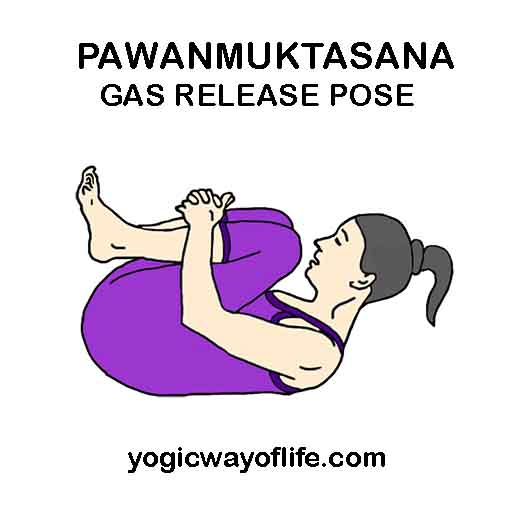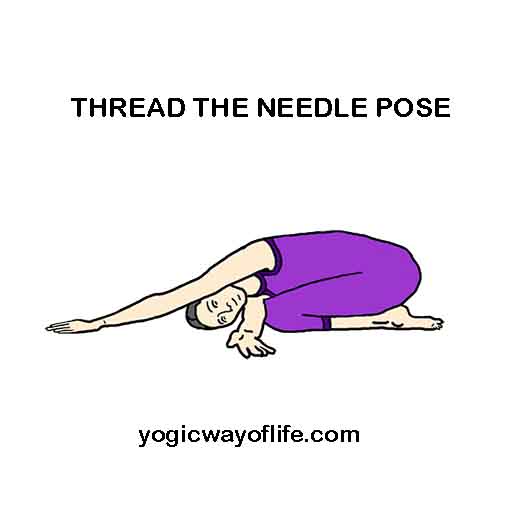Stress is consuming our lives to a great extent and it is an omnipotent source of health hazards. Be it obesity or diabetes, fever or chronic kidney diseases, science has identified stress as one of the root causes of all the evils. There is much said and written about stress management. And, since yoga is known to help us connect with our mind, it is one of the most efficient tools to help us de-stress, relax, rejuvenate, and restore our natural selves.
Through its wonderful poses, yoga improves the levels of circulation to the brain, bringing down the surging cortisol levels. It also triggers the release of the feel-good hormones dopamine and serotonin, thereby putting us at ease and calming us down.
Pranayama or breathing techniques help us fill ourselves with plentiful of oxygen required for eliminating the toxins that are walking around fearlessly within us. Cleansing techniques such as Kapalbhati eliminates the toxins while calming breaths such as Alternate Nostril Breathing help us connect with our inner self, restoring mindfulness.
The third element of yoga that helps us is meditation. Through meditation, we bridge the gap that exists among our body, mind, and soul. We learn to release and let go of what do not serve us. We learn to live in the present with complete mindfulness and in a non-judgmental way!
The routine mentioned here lasts for 20 minutes and has 4 asanas and a breathing technique. Feel free to practice it daily either in the morning or before you hit your bed to de-stress and energize.
20 Minute Yoga Routine to De-Stress

It is the seated version of Tadasana that aims to give the entire body a good stretch. It improves the alignment of spine by stretching it and relieves the stress stored in the spine and shoulders. Make sure that your hips are above the knees while sitting and hence, it is advisable to use a folded blanket or a small cushion for the same.
- Sit comfortably in simple cross-legged seated posture.
- Inhale and elongate your spine, straightening it and aligning it with your neck.
- Exhale and roll your shoulders back and away from the ears. Pull your stomach inside close to the spine.
- Inhale and swing your arms over your head and join the palms.
- Exhale and slightly tilt your neck back and gaze at the fingertips without compromising on the spine.
- If you have neck or back pain, gaze at a point in front of you.
- Hold the posture, breathing deeply, for 3 minutes.
- To come out, breathe in and as you breathe out, release the arms.

This pose could help to ease the deep-seated shoulder knots and open up the shoulders. You can practice the posture by sitting or standing.
Sit in a comfortable, seated posture, keeping your spine upright. Stretch your arms at shoulder level to the sides, parallel to the floor. Bring your arms in front of you, swinging your left elbow over your right. Bend your elbows in such a way that backs of your palms are in contact. Now, if possible, try to hook one hand in such a way that your palms are joined in Namaste. Keeping spine and head erect, roll your shoulders back gently and try to pull the elbows away from each other. Gaze at a point in front of you. Hold the posture for 30 seconds. Unwrap, stretch out to the sides, and repeat on the other side for 30 seconds. Repeat two more rounds.

According to Ayurveda, a healthy gut is the seat of a healthy body. And, it has also been proven the stress tends to stick to our stomach. This, in turn, leads to bloating, flatulence, indigestion, and what not! Pawanamuktasana helps to relieve the gas as well as stress while offering relief from digestive system disorders while detoxifying your liver, spleen, gall bladder, and pancreas.
Lie down on your back. Bend your knees and keep your feet flat on the floor, separated hi-width. Hug the knees using your arms. Take a deep inhalation and as you exhale, hug the knees to your chest, pressing the thighs against your abdomen. Simultaneously, lift your head up and try to bring the forehead close to the knees without rounding your back. Hold for a minute. Inhale and release the pose. Repeat two more times.

It open up the hips and outer thighs and release the tension stored in your lower back as well. It is a variation of Ananda Balasana, the Happy Baby pose and also helps with stress-induced digestive troubles. It also promotes relaxation and helps you to sleep better.
Lie down on your back. Bend your right leg, keeping your right foot flat on the ground. Now rest your left ankle on top of your right knee. Then, reach down and clasp your hands around your right thigh, pulling it in towards you. Keep both feet flexed and breath there. You should feel the stretch in your hip and buttocks on your left side. If you want additional stretch, push your left elbow into your left knee. Hold for 90 seconds. Exhale, release, and switch sides. Hold for 90 seconds. This completes one round. Repeat one more time.
-
Balanced Breathing (Sama Vritti)
This is a basic breathing technique for beginners that you can do anytime, anywhere. Practicing Sama Vritti will calm your body and focus your mind.
Lie down on your back for a restorative practice. Close your eyes and focus on your natural breath. Just observe, without changing the pace or length of your breath. When you are ready, take a slow, deep inhalation for a count of 4, and gently exhale on a count of 4. This completes one round. Practice for about 8 to 10 minutes.
With regular practice, you will be able to lengthen the duration of your inhalations and exhalations – just make sure your inhale and exhale stay the same length.
Once you are ready, resume your normal breath. Allow your body to relax. Keep your eyes closed until you are completely de-stressed and relaxed.
If you ever feel tense, over-worked, agitated or on edge, try these 4 Asanas and one Pranayama techniques to unwind and de-stress.

Thank you for teaching!
THANK YOU FOR SENDING THIS ARTICLE.
Arun Kumar.R